Bless me, Father, for I have sinned. I have been obsessively and compulsively addicted to magic tables.
- - - - -
It all began when my family and I moved into a new apartment in the city some years ago. Naturally, we went about furnishing it with pieces in our preferred “Filipino antique” style. While it was spacious enough to accommodate most of the stuff that we wanted to bring in, there was the slight problem of how to bring everything many floors up, as the elevators, though spacious enough for people, were not sized with massive pieces of furniture in mind.
One of the antique-style beds that we had, because it was not designed to be disassembled, had to be hauled by six men dozens of flights up the fire stairwell. At the end of the journey, the crew members needed only sets of tres potencias on their heads to look convincingly like scourged Senakulo actors.
So when it came to deciding what dining table to have, we had a real problem on our hands. We were dead-set on having at least a twelve-seater “Apostles’ table,” since this was a big family with lots of close relatives who liked to congregate quite frequently for birthdays and other such excuses to take delicious meals together. But if a regular single bed could hardly be brought up without engendering complaints from the delivery gang, what more a typical twelve-seater dining table, probably measuring at least ten feet long by four feet wide.
As I usually do when I encounter problems like this, I do two things: I pray to the Holy Spirit for enlightenment, and I hit the books. And sure enough, my prayers were answered, for in a book entitled “Turn of the Century” (by Gilda Cordero-Fernando and Nik Ricio: GCF Books, 1978), I saw this:
In another book, “Lamesa” (by Reynaldo Gamboa Alejandro and Josephine Labrador Hermano: Anvil, 1999), there was another interesting photograph:
Subsequent inquiries from friends and acquaintances in the Filipino antique furniture trade revealed that tables such as these ones were nowadays colloquially referred to as “magic tables.” Presumably the “magic” in the name referred to the fact that such tables came in parts and were therefore flexible, wherein the independent four-legged segments could “volt in” to achieve the desired seating capacity. Since each segment had four legs anyway, they could also easily be used as side tables, console tables, or serving tables, when they were not all needed to make up the main dining table.
Antique magic tables typically came in four segments or more, with each segment usually measuring at least four feet deep by two feet wide. A four-segment ten-seater magic table would therefore measure about four feet wide by eight feet long overall, and a five-segment twelve-seater would be four feet wide by ten feet long.
The great value of magic tables in our specific situation was that, because each segment was of a relatively compact size, the whole table could be moved up into our apartment piece by piece using the passenger elevator. Problem solved!
Except for this bit: where does one go about looking for these antique magic tables? Sure, they’re in the books, but are they in the stores? In the catalogues? On the home shopping channel?
The antique dealers I spoke to said that, unfortunately, such pieces were rare, but of course they will call me when something turns up. Well, days of waiting turned into weeks, which turned into months. After such a long period of taking our meals sitting on the floor of our apartment, I decided to take matters into my own hands. This was a job for the Antique Police.
One of my resources was a friendly and most helpful antique dealer in Bulacan, who, within a reasonably short time, located this piece for me:
As the photographs above show, it was a fine late 19th to early 20th century piece in excellent condition, in narra wood with fluted legs. Unfortunately, they also show that there are only three segments, therefore with a total seating capacity of just eight. The dealer then tells me that this was originally a four-segment ten-seater, confirms that the fourth segment still exists in its original location in some old house in the vicinity, and confidently assures me that he can still acquire that last segment.
Sure enough, within days, he contacts me to let me know that the coveted fourth segment is in hand. Unfortunately, its legs and aprons are in bad shape and will therefore have to be replaced. Fortunately, the all-important tabletop is intact. All four segments can therefore be sent off to our regular antique furniture restorer for the required cleaning and refinishing.
Thus ends the saga of one family’s search for a suitable dining table for their apartment.
Not.
There was a slight problem – even with the fourth segment, this magic table would only seat ten, or two fewer than our original target. In my obsessive-compulsive family, this was clearly a “performance gap” that still needed to be closed.
Fortunately, our Bulacan antique dealer managed to locate yet another magic table segment, of the same exact size as the other four. Unfortunately, it was not from the same antique magic table, so the grain and color of its wood were markedly different from those of the other segments. Even when all five segments were restored and refinished, the fifth segment stood out like a sore thumb. Or a sore table.
Further investigative work by the antique police managed to locate this piece with a dealer in Manila
As clearly seen in these photographs, it was likely an early 20th century four-segment magic table, in beautiful bright yellow antique narra wood, with turned legs, and with Bulacan-style bone inlay, which my bone-inlay-loving family would certainly drool over. There was just one obvious problem – with only four segments, we were still at just ten places for dinner, short of our target of twelve.
I speak to the proprietress of the antique shop, a nice lady with a chatty, friendly, easygoing manner. She quickly uncovers my concern about there being just ten places, and offers a logical solution – she will build a fifth segment for us, to obtain the needed additional two places. And she will guarantee that the fifth segment will be indistinguishable from the other four – so that it will appear that there have always been five segments all along.
In fact, the job was so effective that we wound up ordering a sixth segment more than a year after we first took delivery of this table, to result in a total of fourteen places. (If that’s not addictive behaviour, I don’t know what is.) Here’s how the whole thing looked in our apartment, about three years after this whole Magic Table Quest began.
And as for the first magic table that we found – the one with four original segments and a fifth one that came from somewhere else? That was promptly snapped up by my aunt for her home in Bulacan. Good homes for good antiques, I always say. Thus ended one man’s quest for magic tables.
Not.
In my course of hunting for a magic table for our apartment over a period of several months, I came across a fair number of potential acquisitions. The Bulacan dealer had in stock another four-segment set, this one suffering from recently-added wood-and-bone inlay, rather vulgar for my taste:
Perhaps due to my influence, the same dealer became quite keen as well in dealing in magic tables. In their home-showroom was this outstanding piece, three oversized segments of what must have been a long and formidable magic table set, in rare and beautiful balayong wood, with gracefully-turned-and-fluted legs, and with its discreet original bone inlay.
But just as I was about to close the deal on this one, the original owner hurriedly retrieved it from the dealer – perhaps a case of seller’s remorse. Too bad. Add this to the list of the ones that got away.
In a Manila
The chatty dealer who earlier supplied me with the six-segment (originally four-segment) set with Bulacan-style bone inlay that actually wound up in our apartment also offered this set for my consideration:
In a Quezon City
Another pricey four-segmenter was this very solid-looking set with sturdy and stout fluted legs, from another dealer in Bulacan:
I even got as far as Nueva Ecija, where the estate of a physician who had recently died possessed this outstanding piece:
Much later, our favourite Bulacan dealer asked me to return to take a look at another interesting magic table set that was in stock:
It was a smaller-than-normal four-segment set with finely-fluted legs, with each segment measuring just three feet across, versus four feet for the normal-sized magic table sets. In this scale, it could seat just six comfortably. However, it was so well-proportioned, not to mention quite reasonably priced, that I decided to take it. After refurbishing and refinishing by our regular antique furniture restorer, I brought it home, where it now does duty as the work table and TV stand in my own bedroom:
In another town in Nueva Ecija was this four-segmenter with bulbously turned legs:
Another dealer in Quezon City
These were apparently the four middle segments of what must have been an impressive six-segment (or even longer) magic table from Bulacan, with turned and finely fluted legs and low-key bone inlay. The presumably semicircular end-segments had not been located, so the dealer had arranged for the end-side-edges of two of the available four segments to be bone-inlaid as well. This made the set of four rectangular oversized segments, each measuring 27 inches wide by 54 inches across, presentable as a handsome ten-seater.
This wasn’t cheap, however, and, with my plan to have proper semicircular segments custom-made for it (to result in a six-segment fourteen-seater), would become dearer still. Before I could raise the necessary funds, it was snapped up by someone else, and I’ve never seen it again. This is quite possibly the best magic table set that got away from me.
But of all those magic tables that I’ve espied over the years, by far the most interesting was this one:
Convincingly, it was said to date from the mid-19th century, the same age as the house where it still was used for daily dining at the time. I was asked to excuse the white plastic chairs in place, as, according to the owners, this table never had a proper set of chairs – long benches were likely originally used with it a hundred and fifty years ago.
After complicated negotiations which included both cash and an exchange in kind, the set was mine. I sent it immediately to our regular antique furniture restorer, who not only refurbished it, straightened the crooked joints, and refinished it in linseed oil, but also designed a beautiful set of matching balayong chairs for it:
If we’re counting, that makes four magic tables that I’ve acquired all in all.
- - - - -
And those are all my sins of magic table addiction, Father.
Not!
Original comments:
maginoongtagalog wrote on May 29, '07, edited on May 29, '07
Hi Leo-
These are beautiful tables! The table you described as vulgar for your taste (with recent inlay) still looks good on the photos. How much do they usually go for these days? |
rally65 wrote on May 29, '07
I'll just send you a PM -- people might think I'm too much of a spendthrift (or worse, too miserly -- ha ha) if I post prices here.
|
maginoongtagalog wrote on May 29, '07
Yes, please do send me an e-mail at rfrancia@hotmail.com. Thanks, Leo!
|
johnada wrote on Jun 1, '07, edited on Jun 1, '07
Hi Leo,
This might be the post that will get me to be interested in antiques since you make it such an adventure. I have a question, it is about provenance. One of the reasons I don't like antiques is that I have seen the other side of the antique business in my area: the loss of pieces. The usual story of stolen items, pestering the owners to part, the hard feelings of the owners in selling an item due to financial distress, sale by an unscrupulous family member unknown to the rest of the family. Also I think that previously, most Cebuanos are not keen on buying an antique piece just because it is antique. We used to laugh at dealers and collectors coming around looking for pots. Back to the topic, do the stores and dealers disclose provenance? I would not be able to tell a real one from a counterfeit. I also wouldn't like to buy a stolen item. I could do the looking and buying myself but I would end up trekking through the other islands. I might end up paying more as I have no idea how much pieces cost now. My interest for now is obsolete and domestic household gadgets like corn grinders. |
rally65 wrote on Jun 1, '07, edited on Jun 1, '07
John -- you raise quite a number of issues that together merit at least one, perhaps more, future Akyat-Bahay articles. Let me try to scratch the surface on some of them:
1. I myself do not care if a piece is antique or not. I judge it solely by its present state (i.e., condition), appearance, and price. If something is old but is unrealistically priced, I will pass on it in preference to something newer, but in fair condition and reasonably priced. Each of my antique furniture purchases over the last several years demonstrates my adherence to this principle. 2. Provenance is very tricky, as antique dealers often get their pieces from buying agents (or even other antique dealers), who might have acquired them from even other agents. In this multi-layered channel of purchase and sale, such things as "provenance" will be quite easily ignored or forgotten. I have instead learned to look for stylistic clues as to the piece's geographic and period origins -- the latter is rather easier to guess correctly than the former, for a number of obvious reasons. 3. Stolen goods -- are best avoided by only patronizing reputable dealers and agents. I guess that's all there is to say about this point. 4. Real versus counterfeit -- If you're worried about how to tell if something was made in 1920 versus on the 20th of May 2007, you can manage to learn this simply by actually doing it. Everything that you see (even smell or...taste?) should be taken into account -- the type of wood, the design and ornamentation, the condition of the piece, etc. Take a close look at the piece -- grab it and turn it upside down, right side up, front-to-back, etc. Antiques will be markedly different from recently-made pieces. It's rather difficult to explain in just a few words, because indeed you'll simply have to figure it out once you're already into it. Hope the above responses suffice for now. Let me know if you would like to pursue more specific questions. |
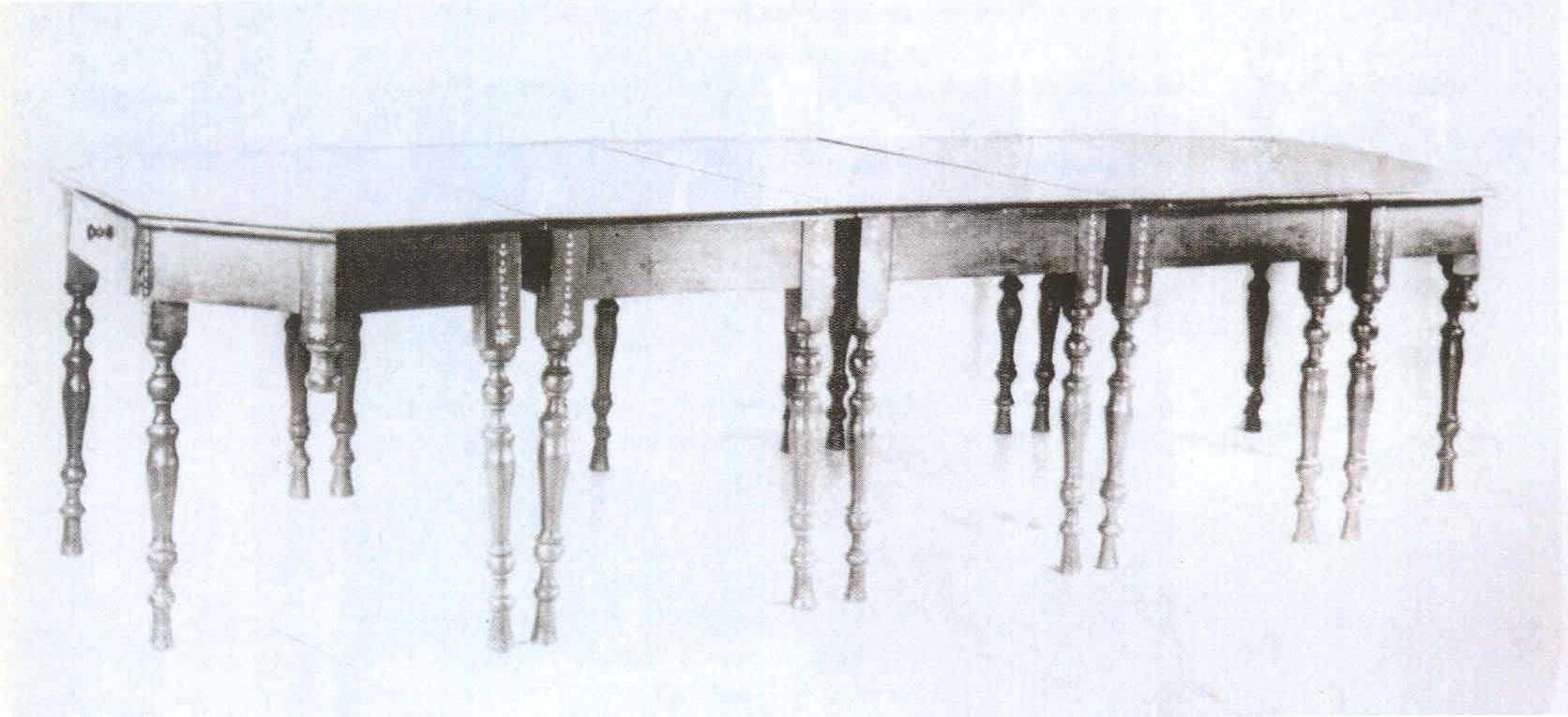
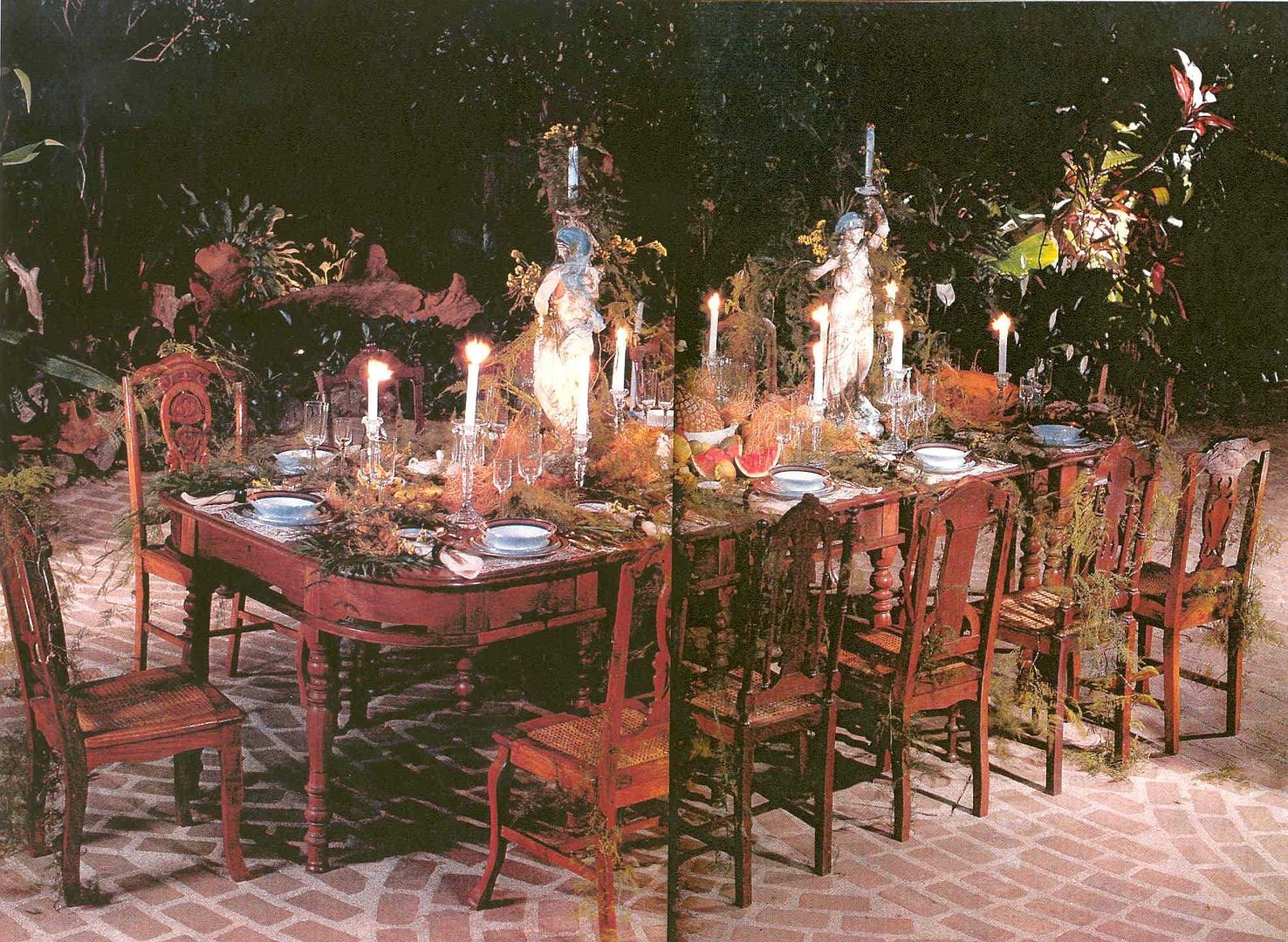
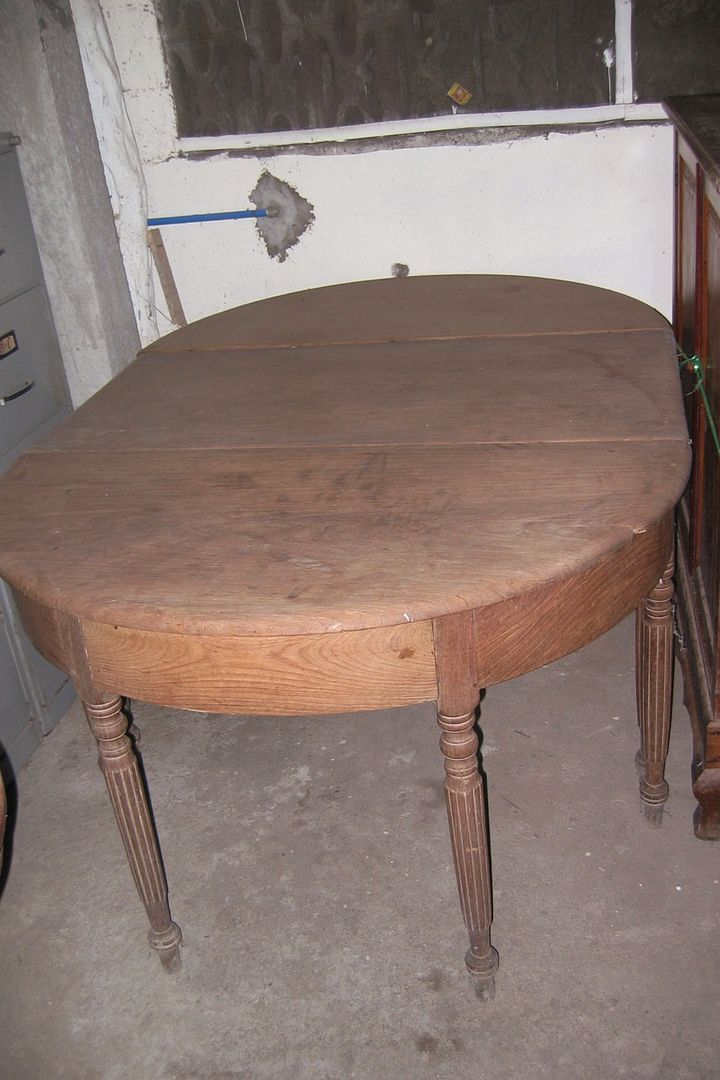
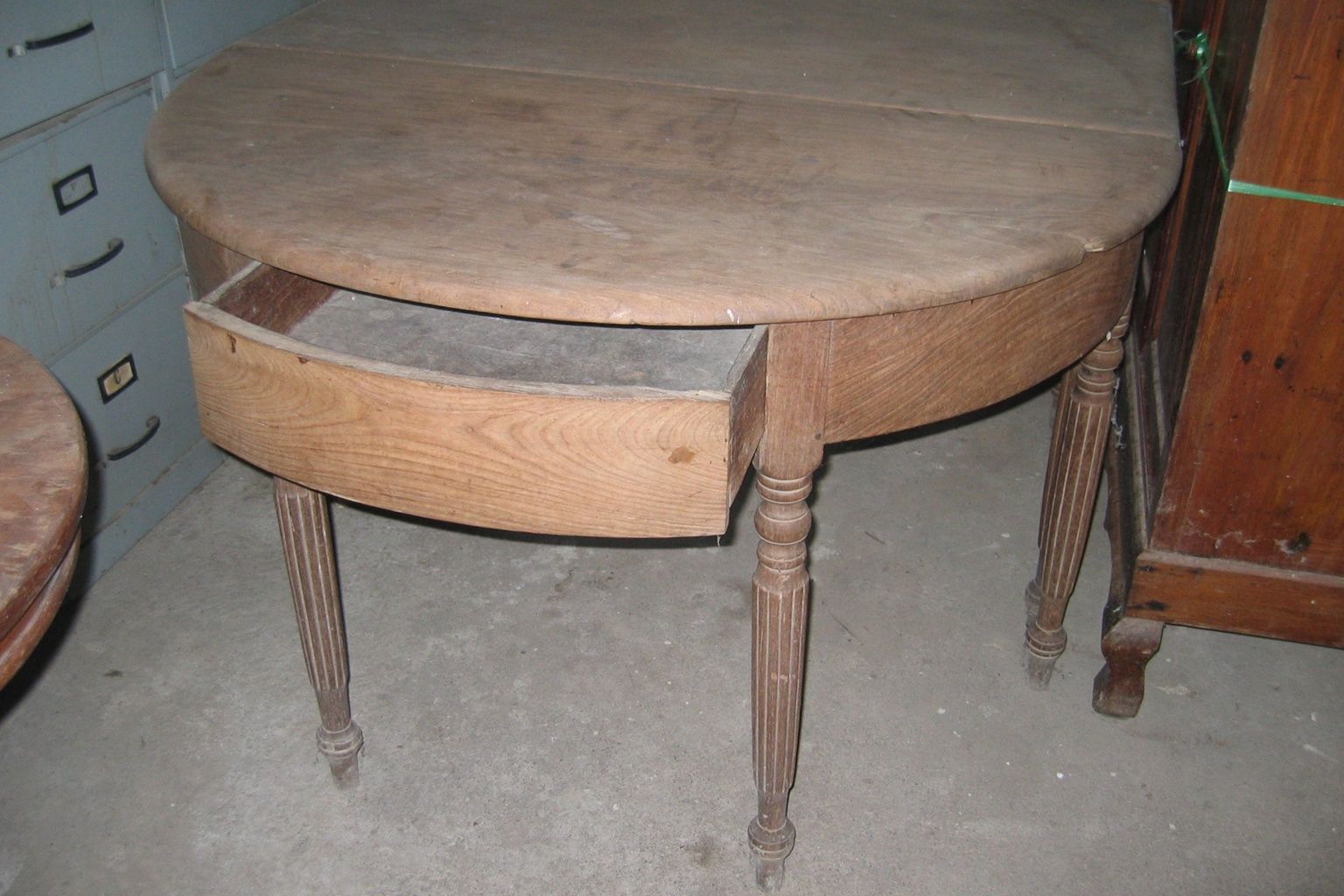

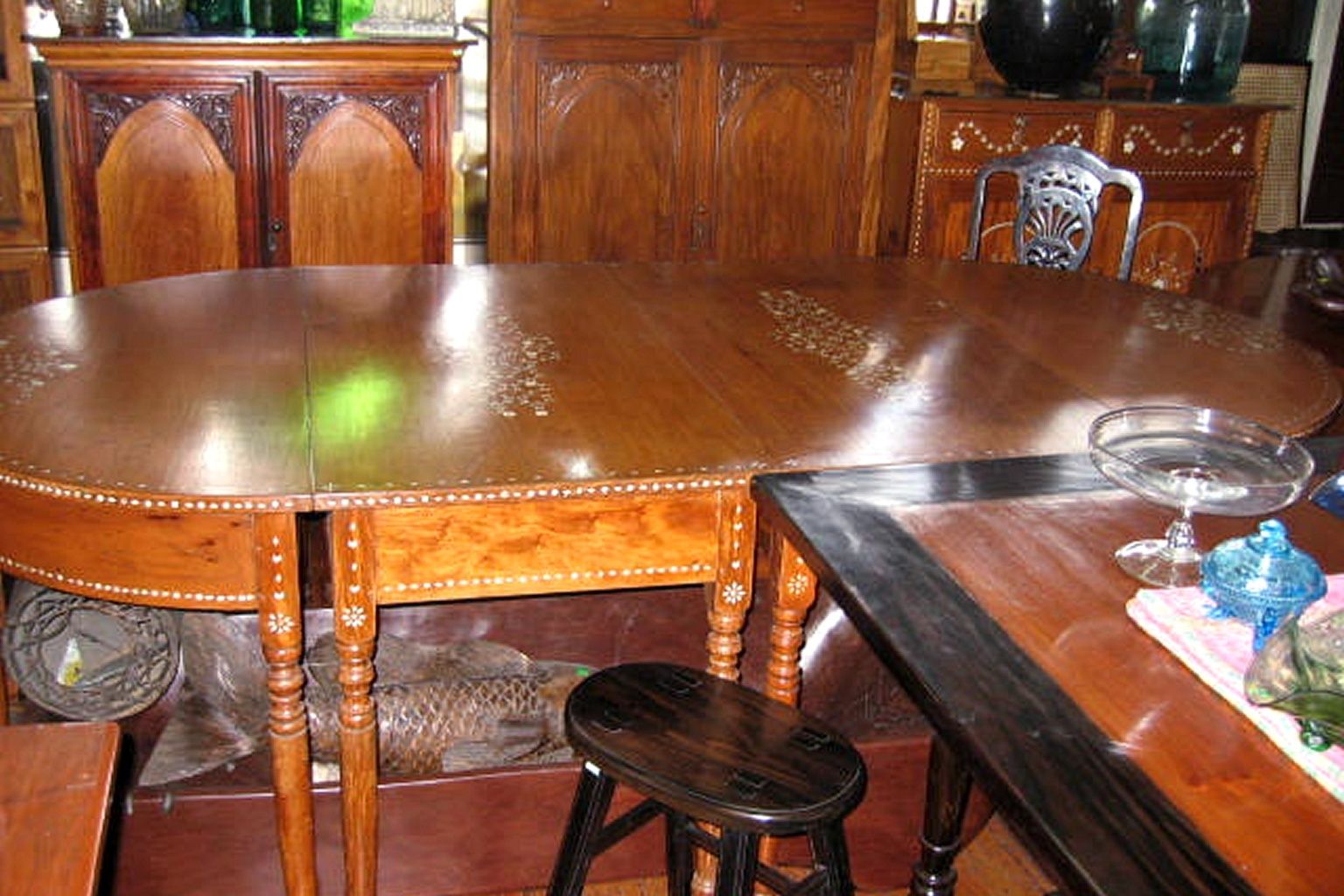
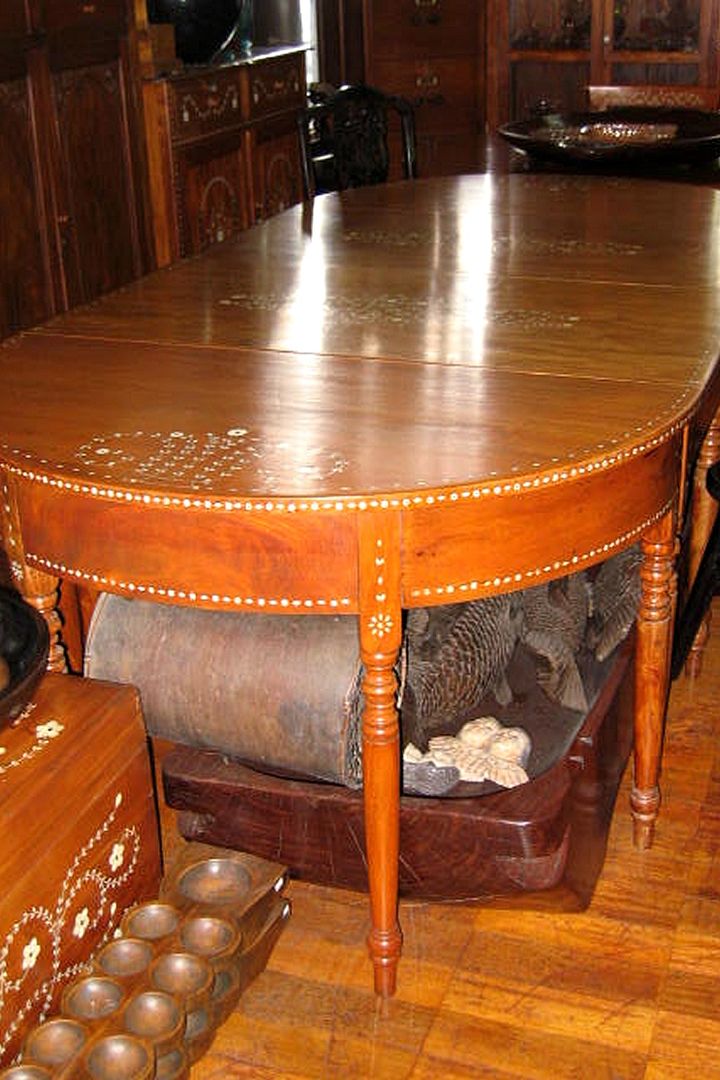



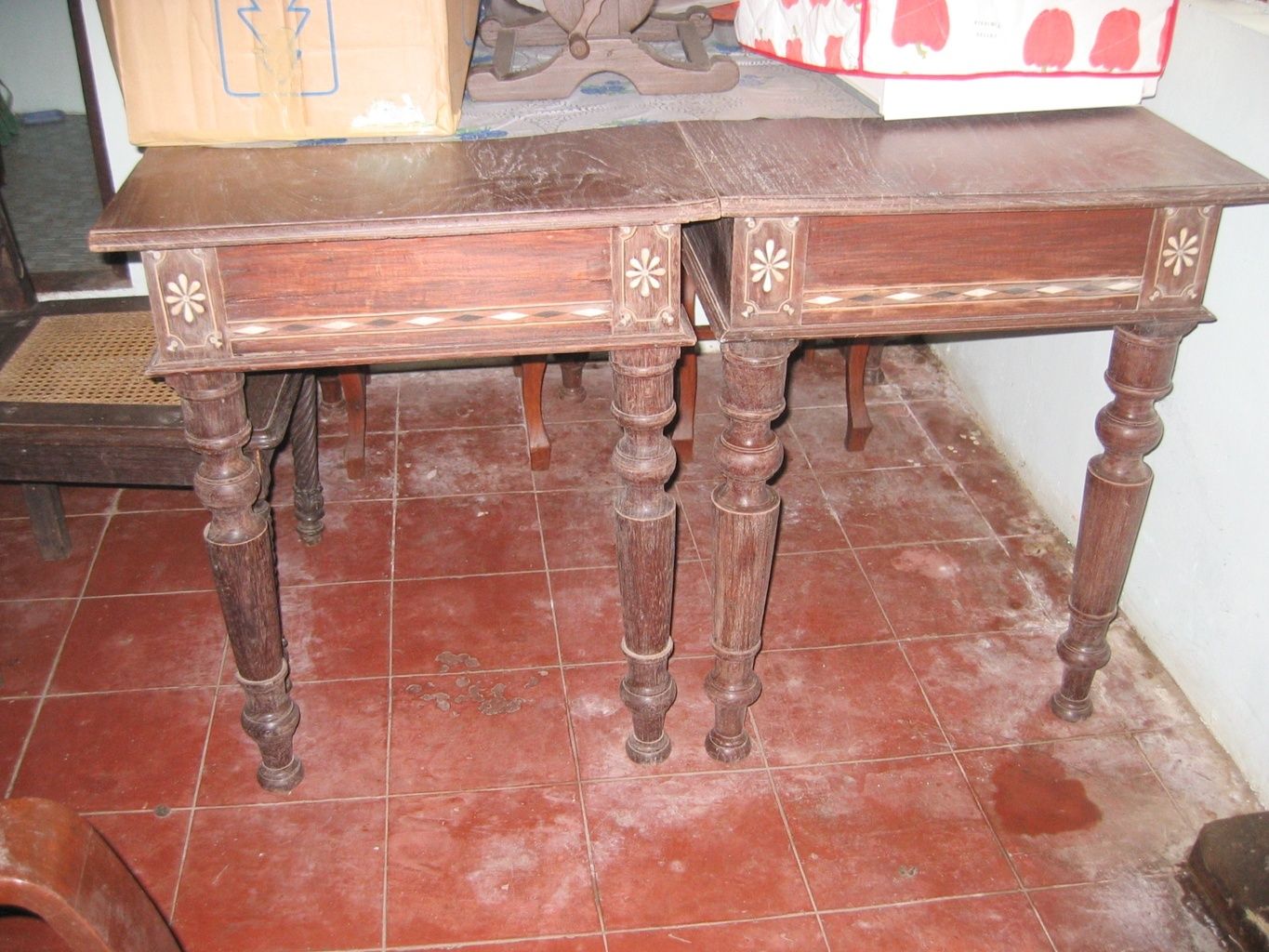
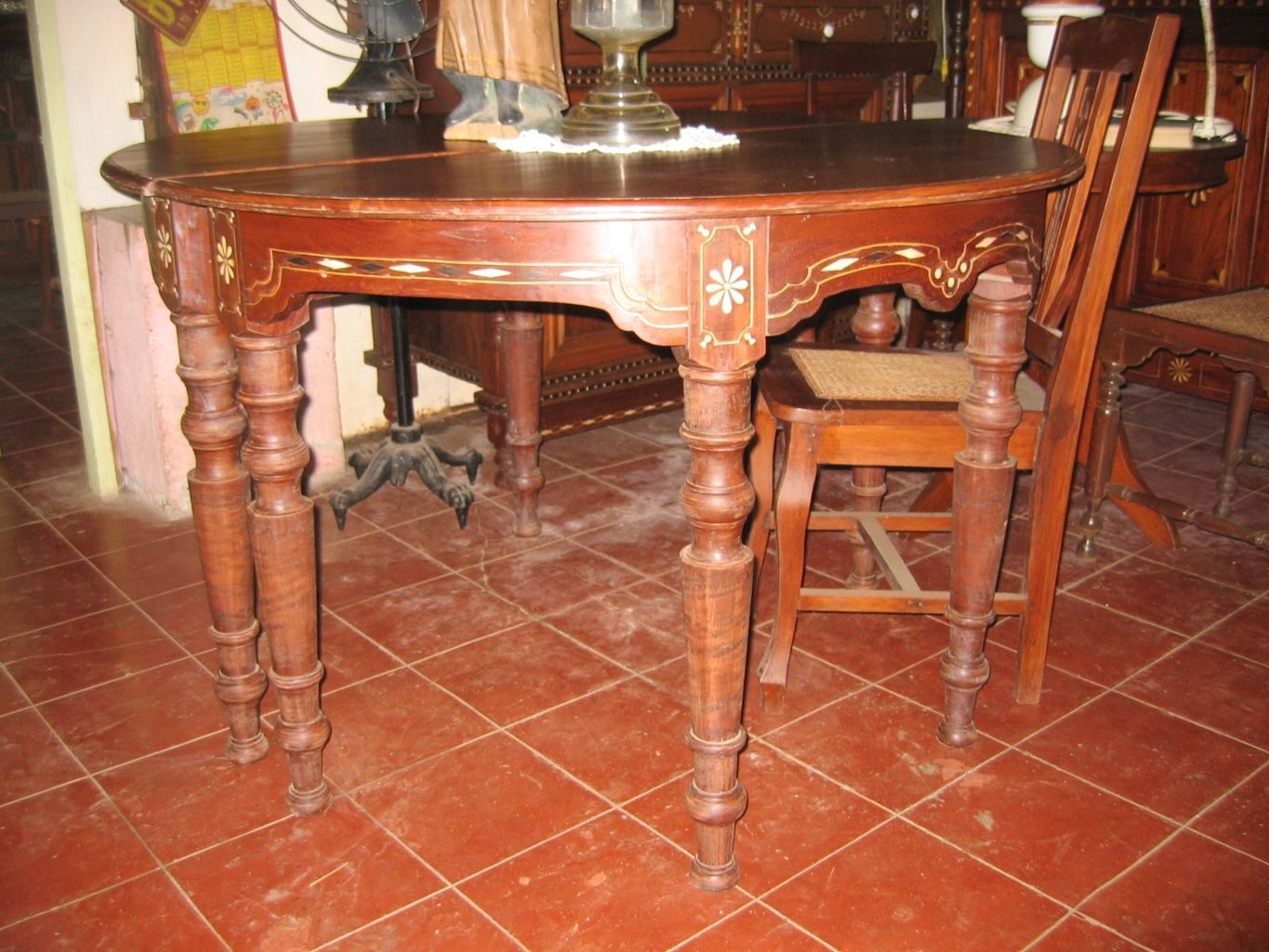





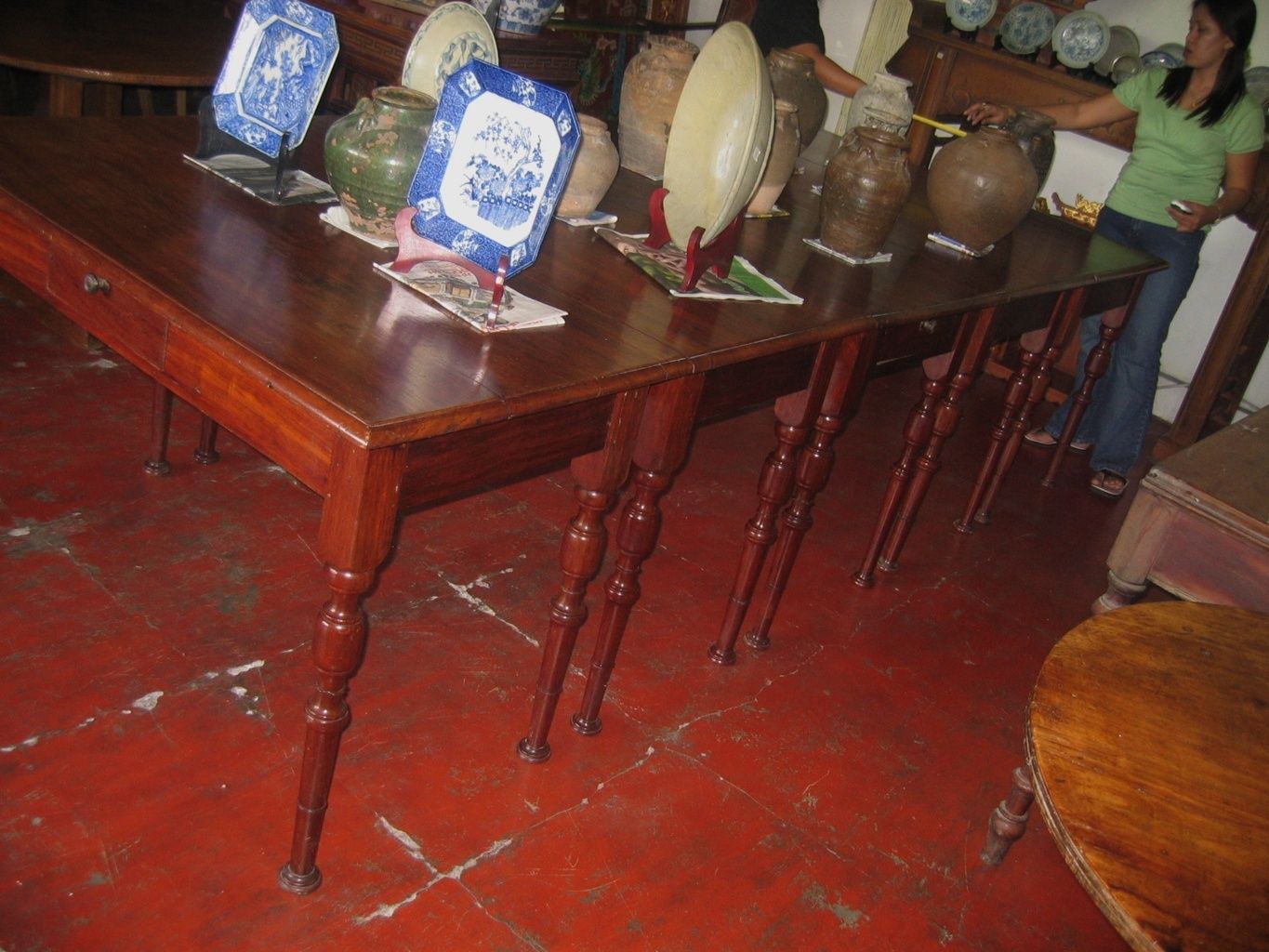
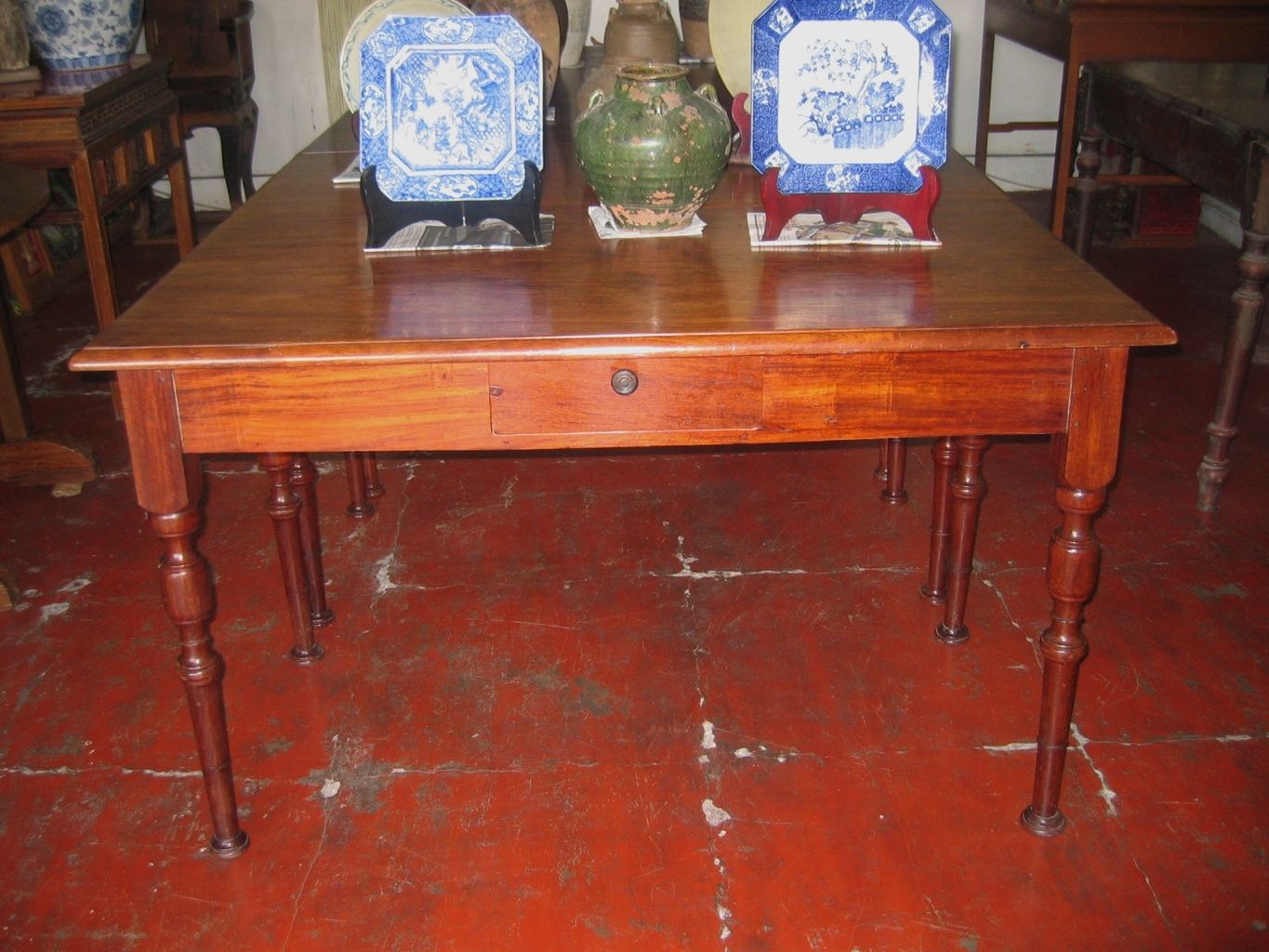
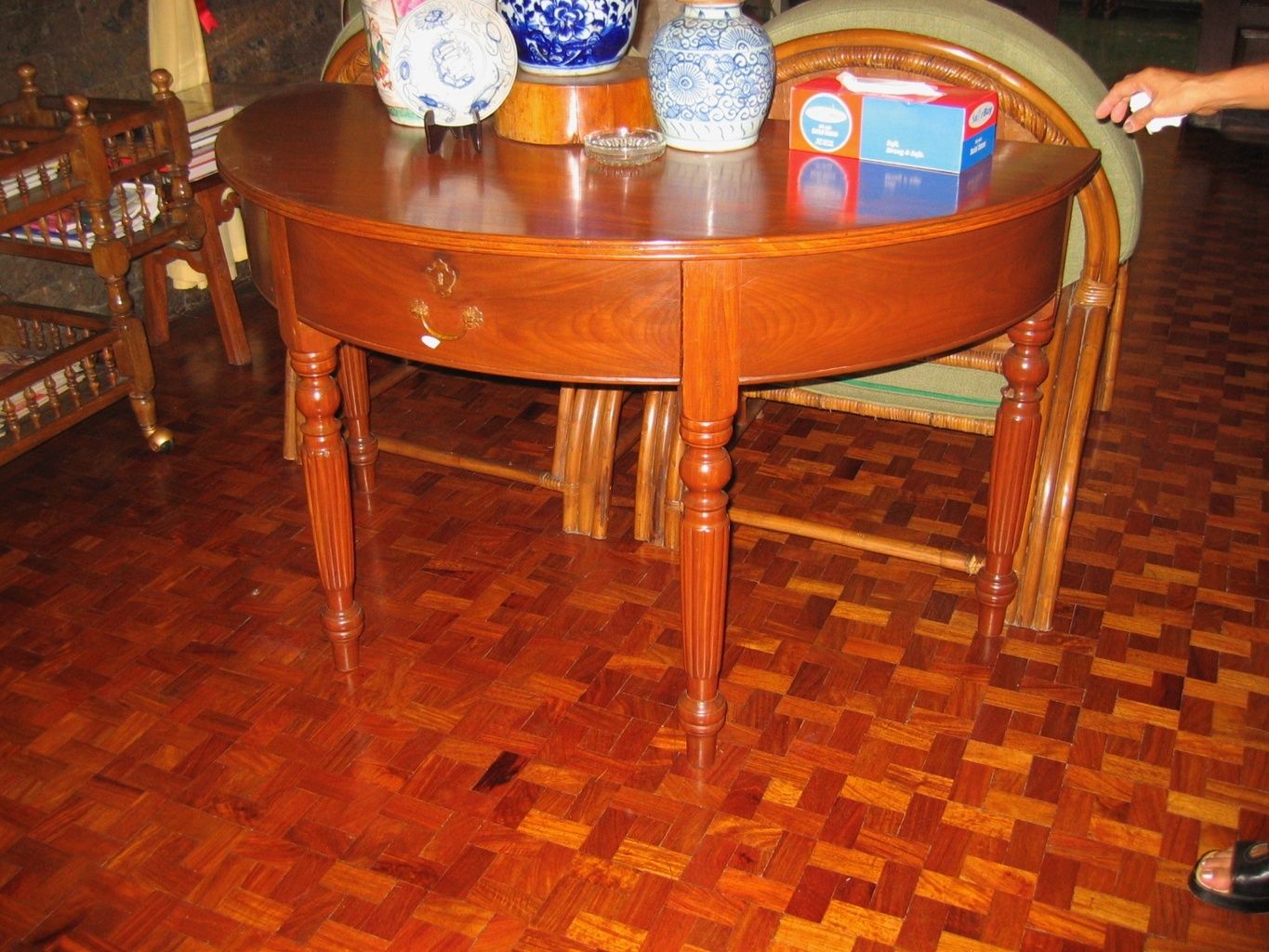

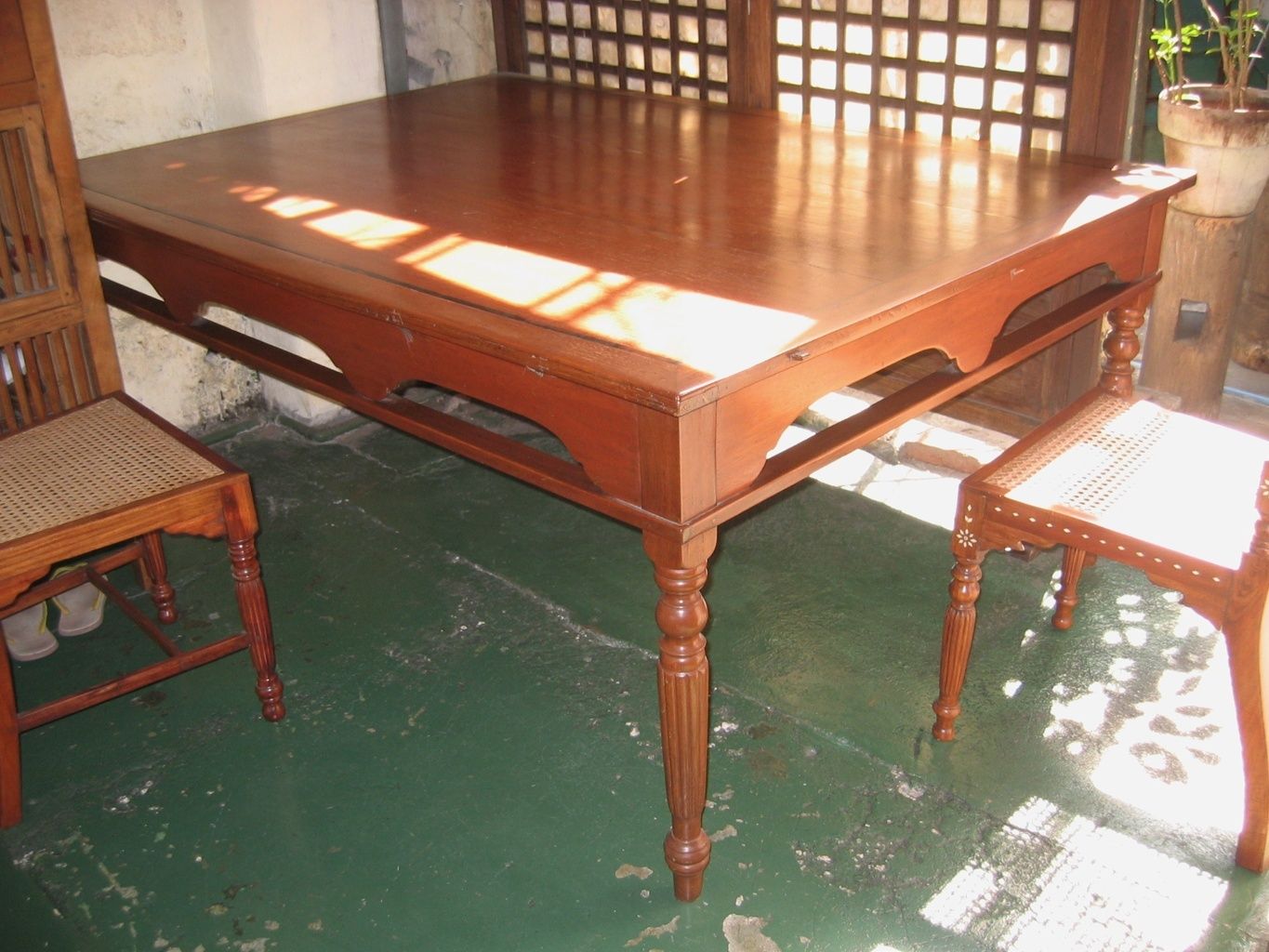
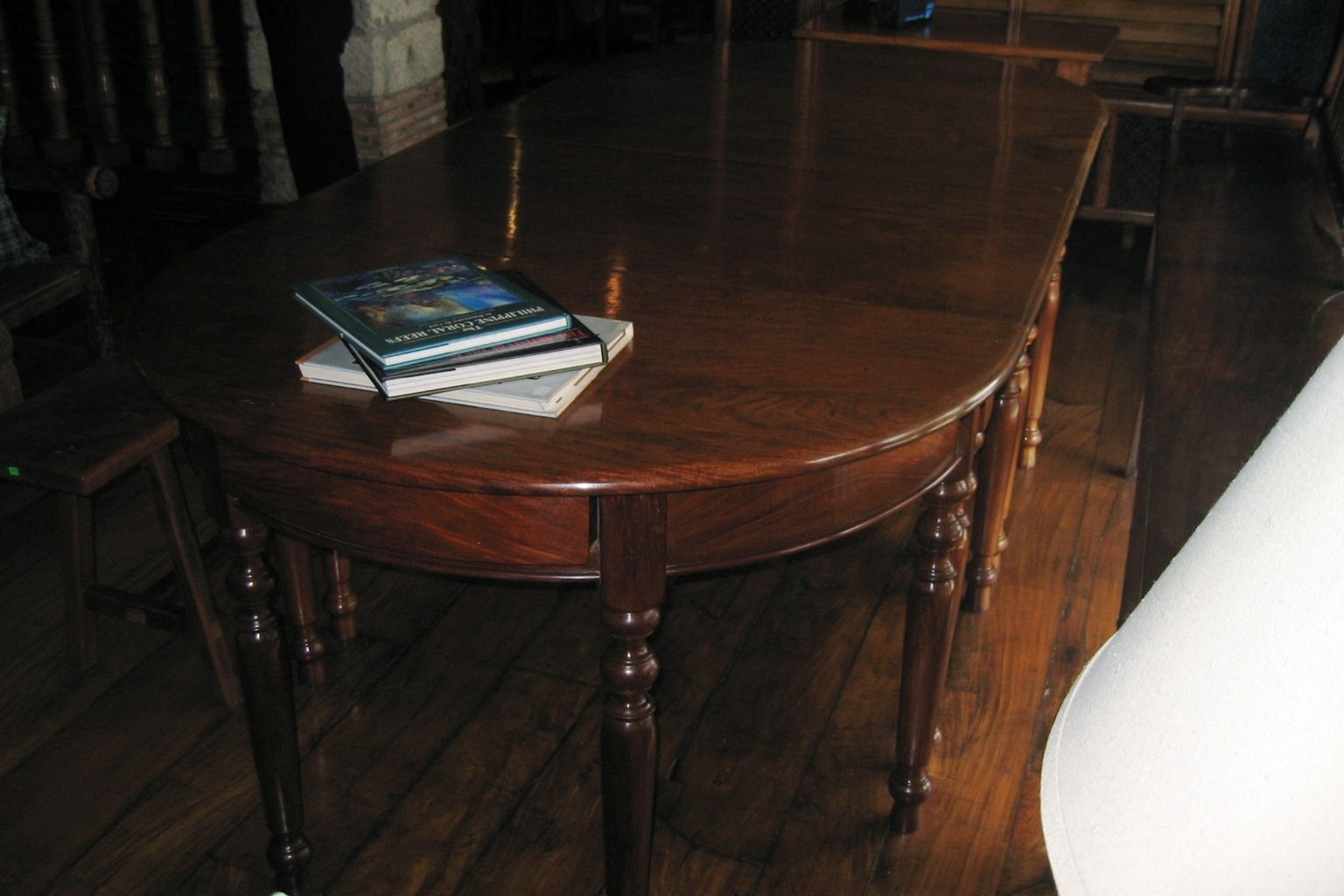
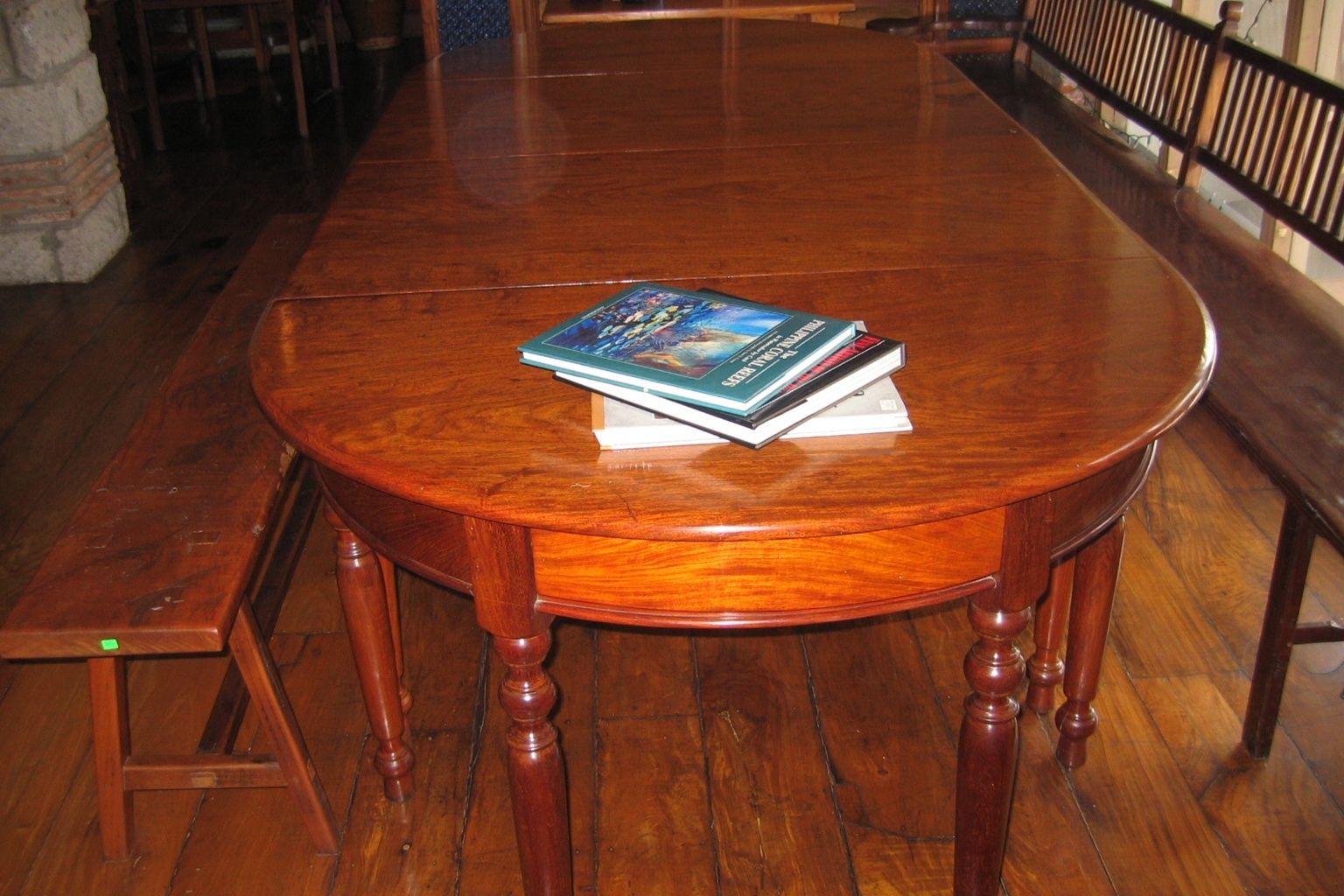
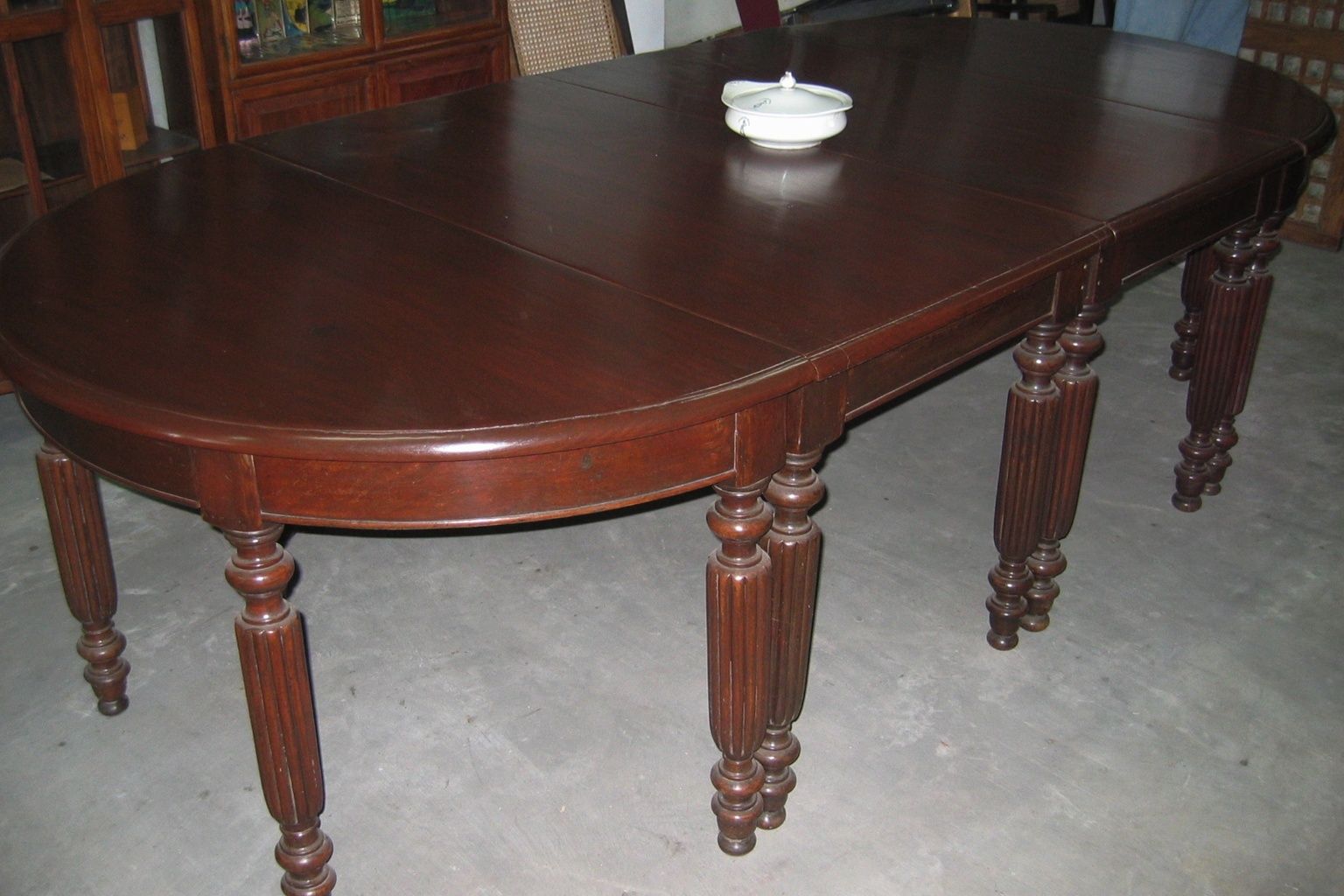
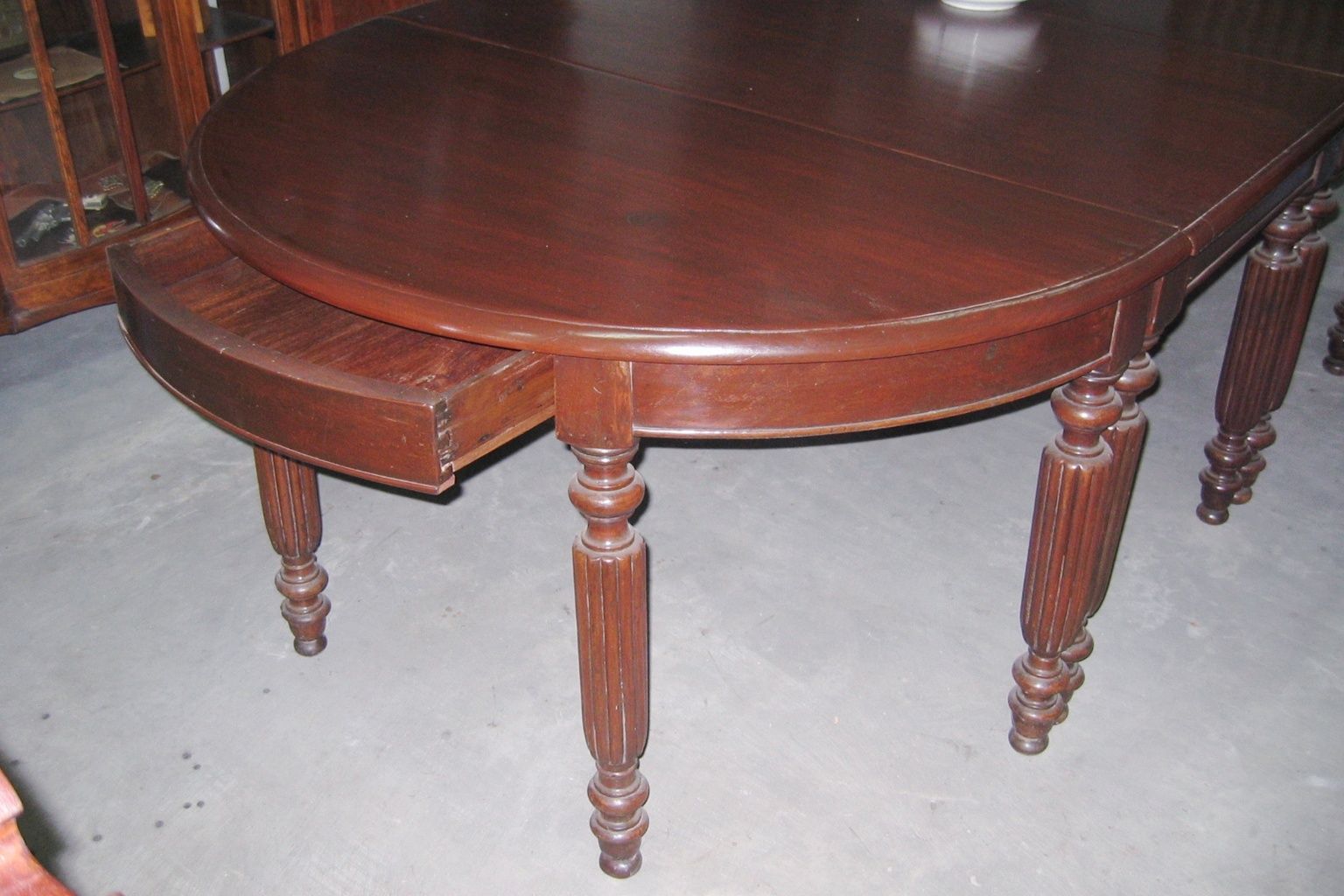
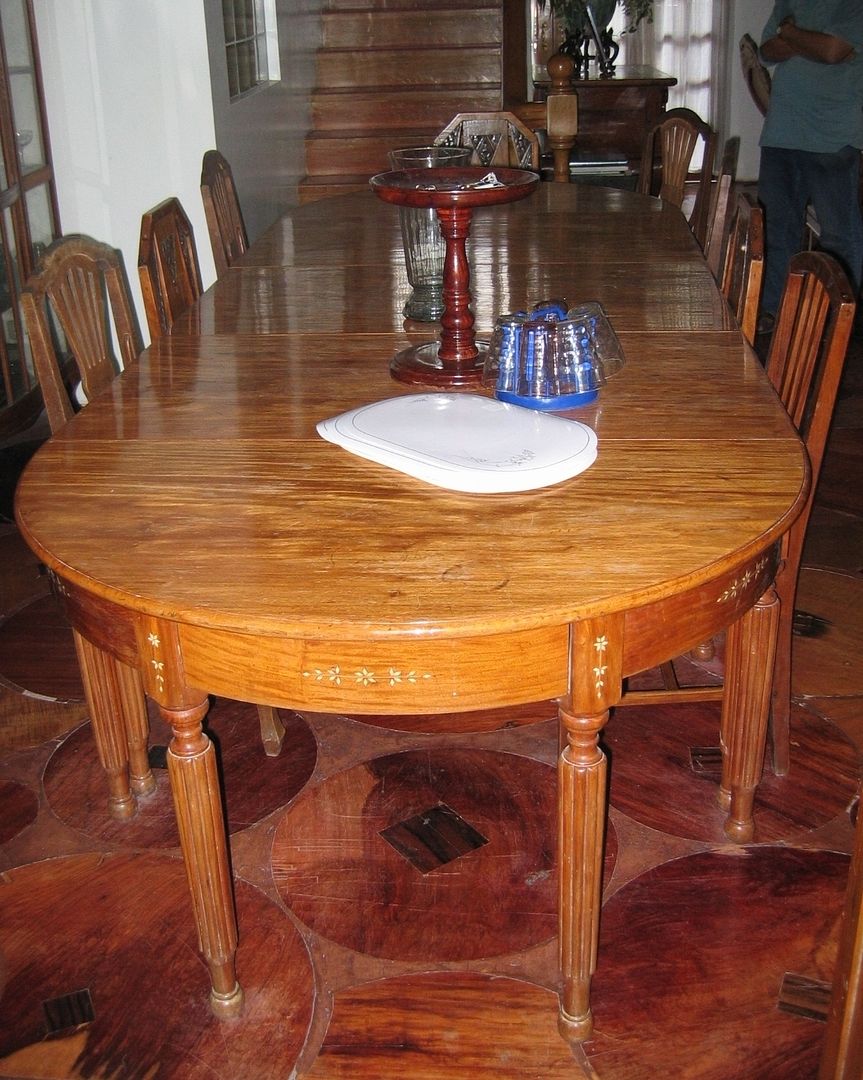

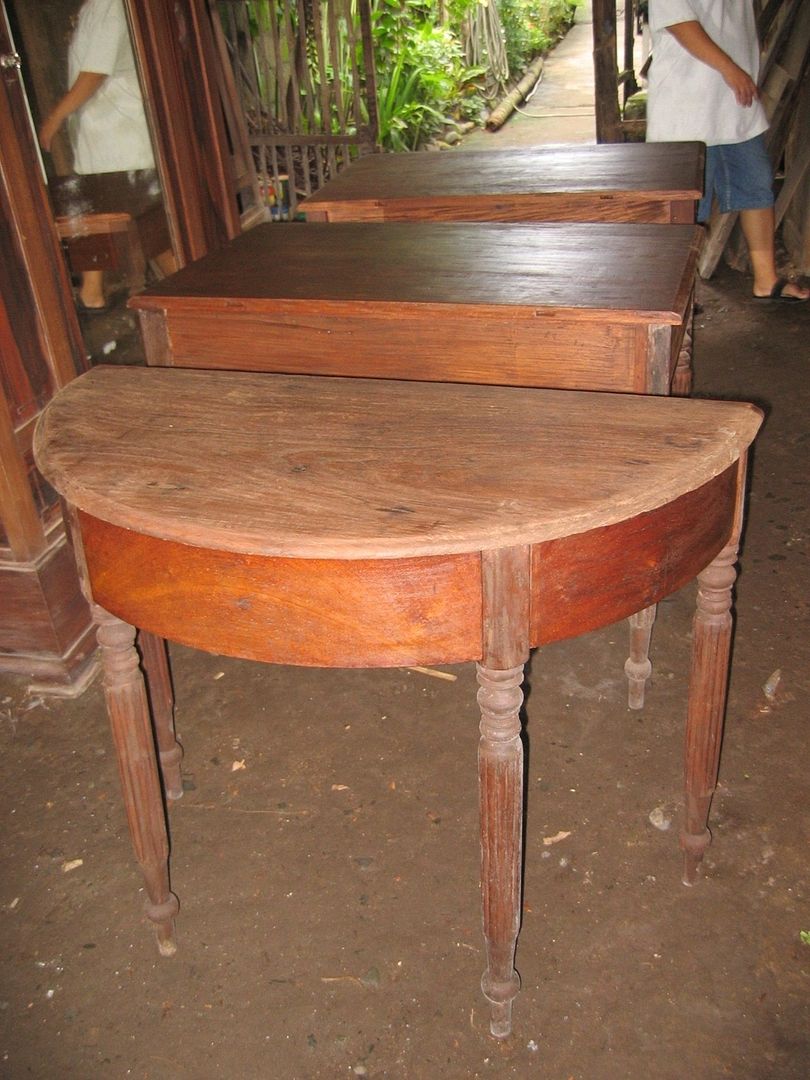



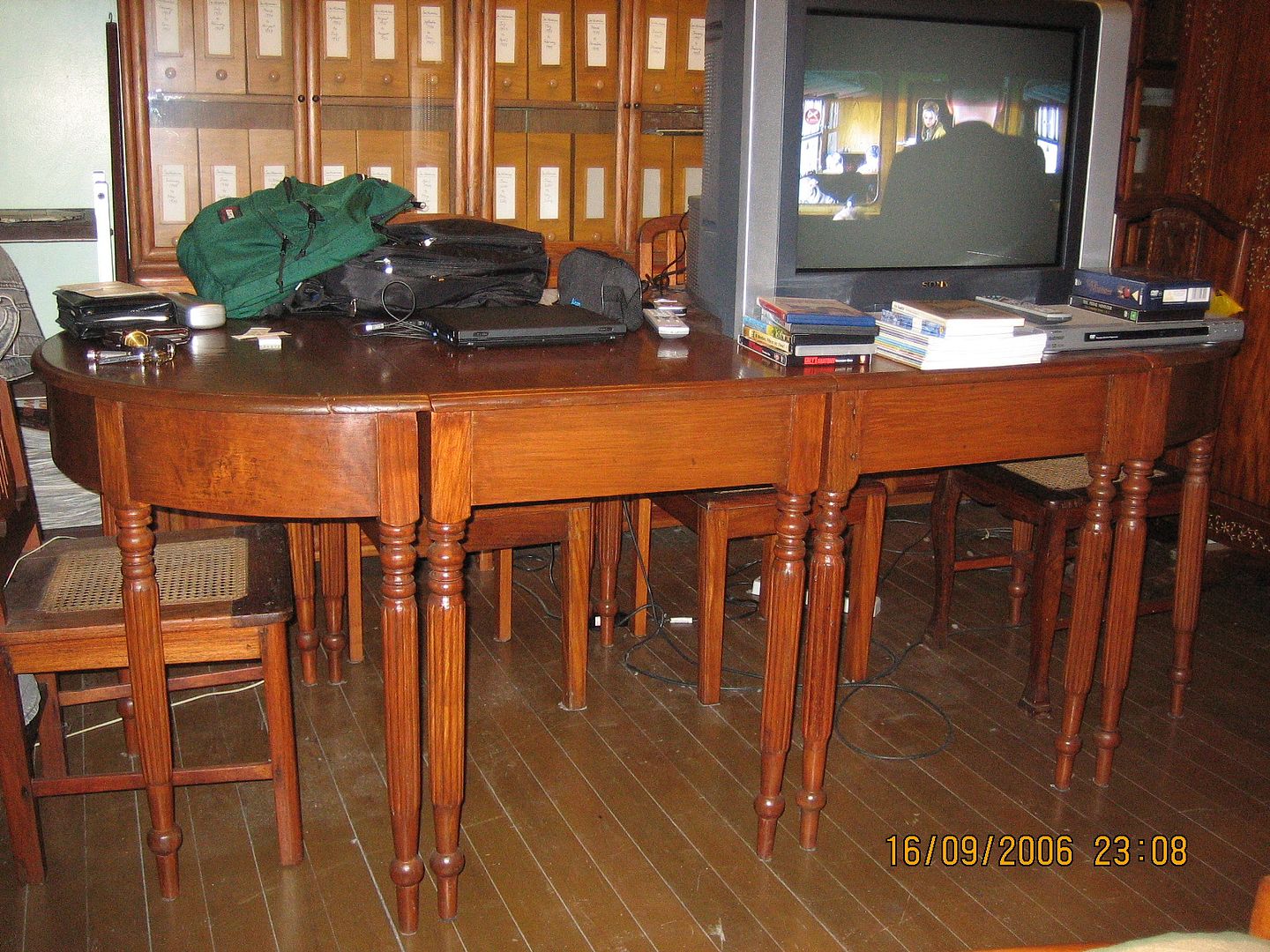








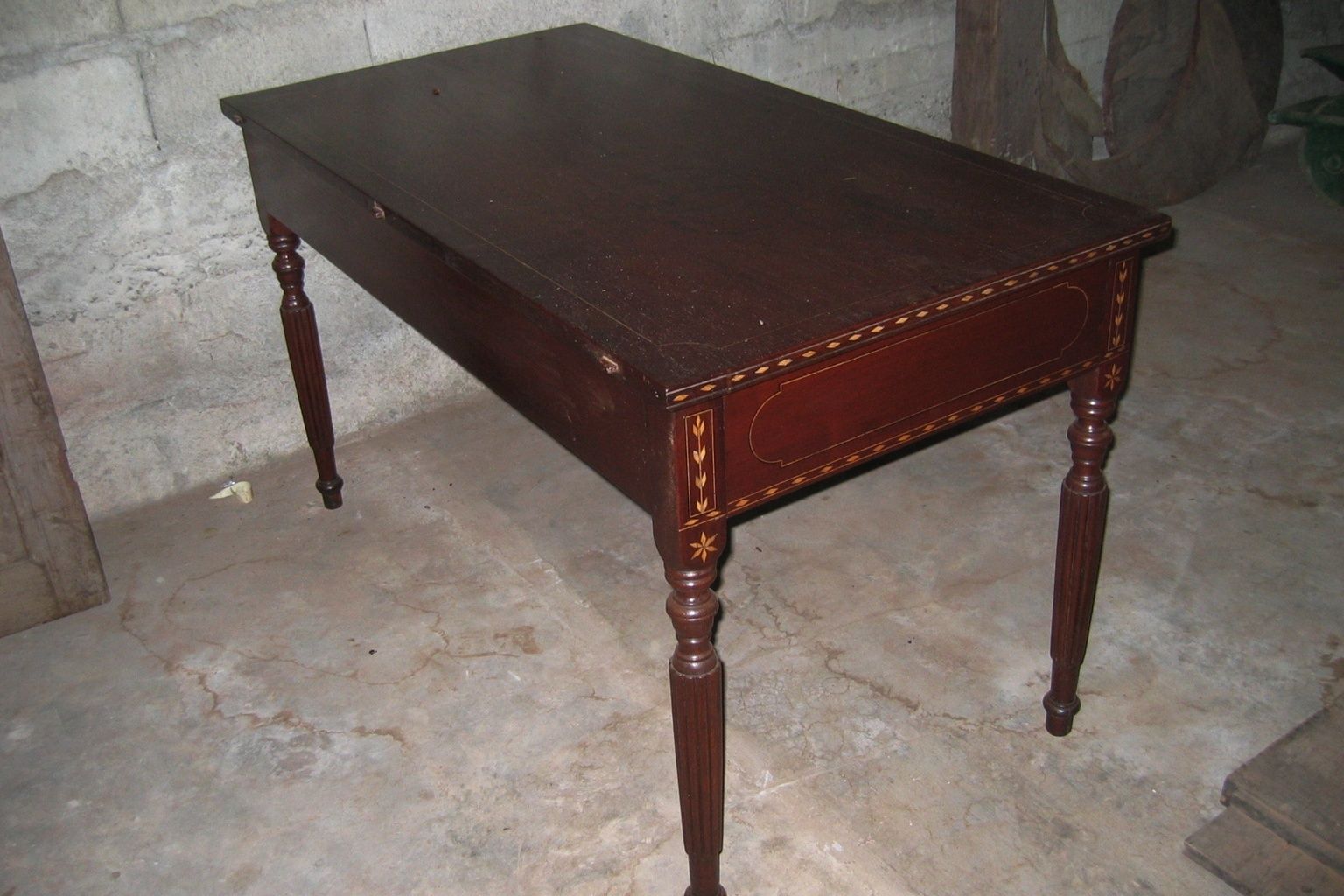
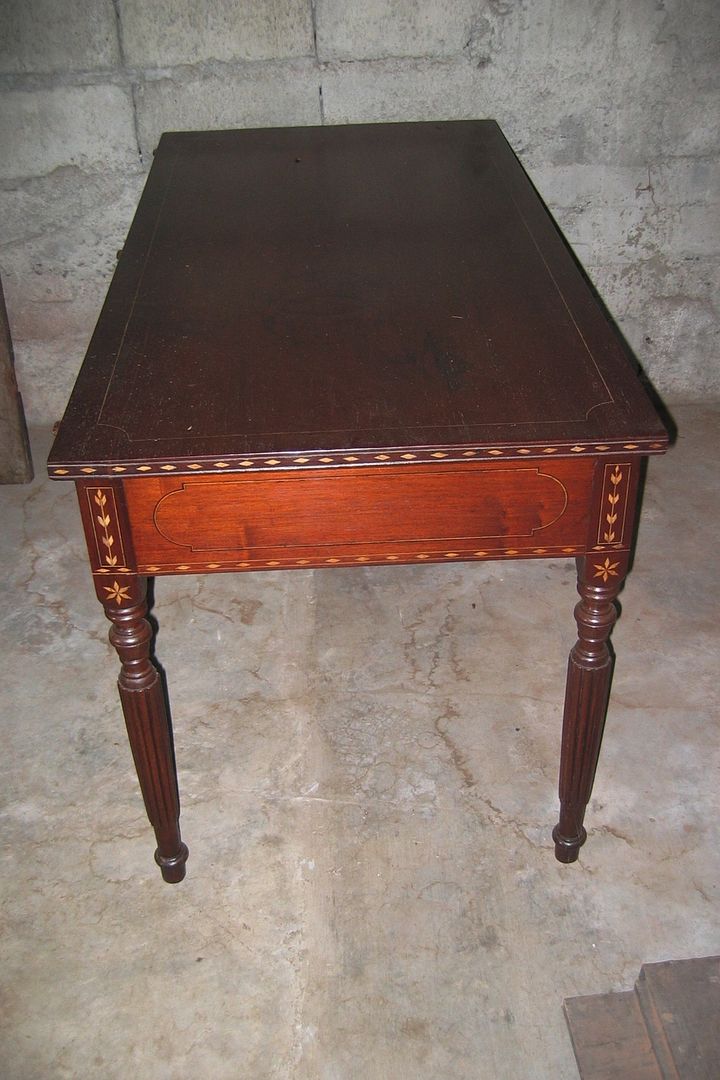
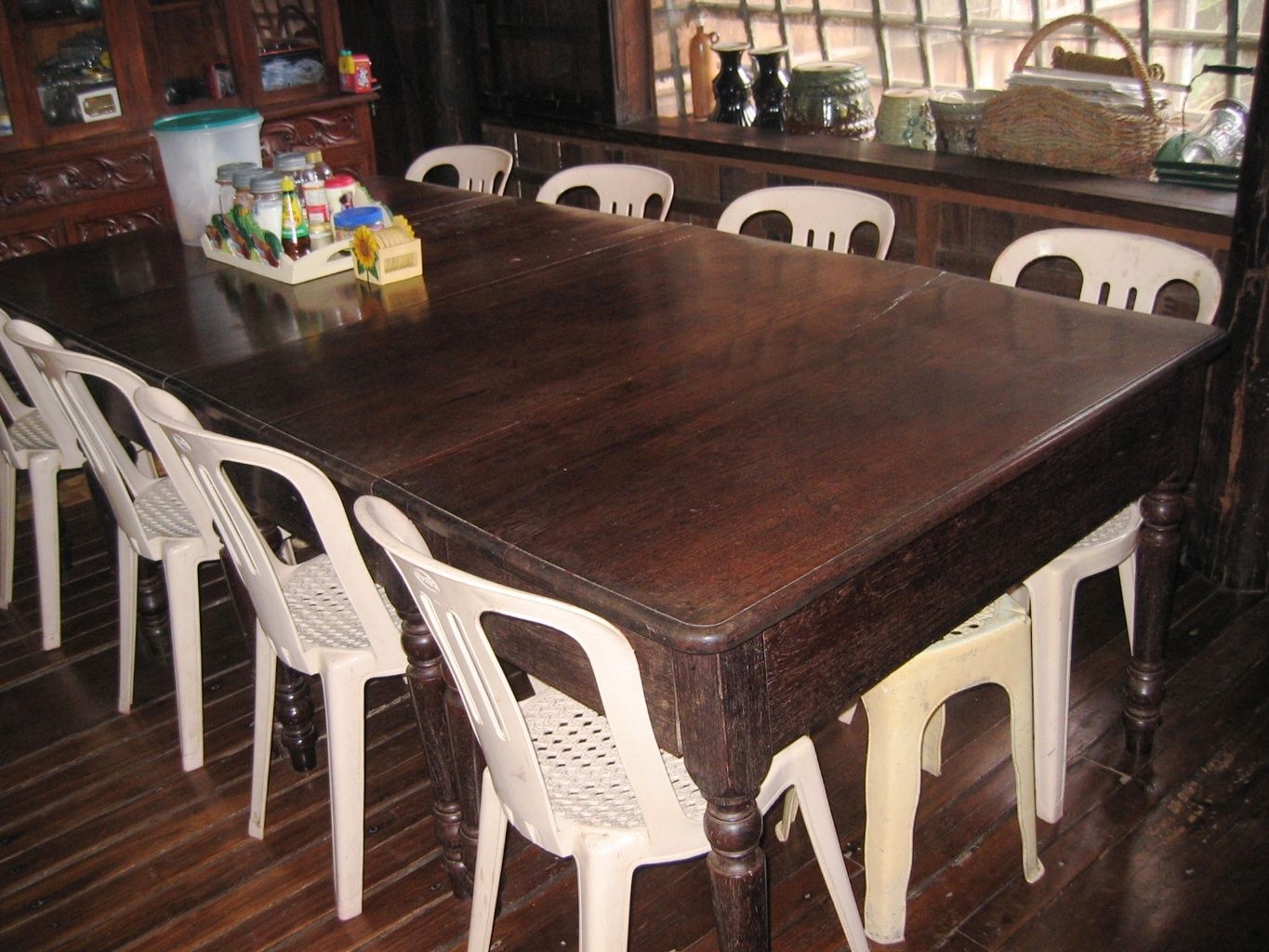
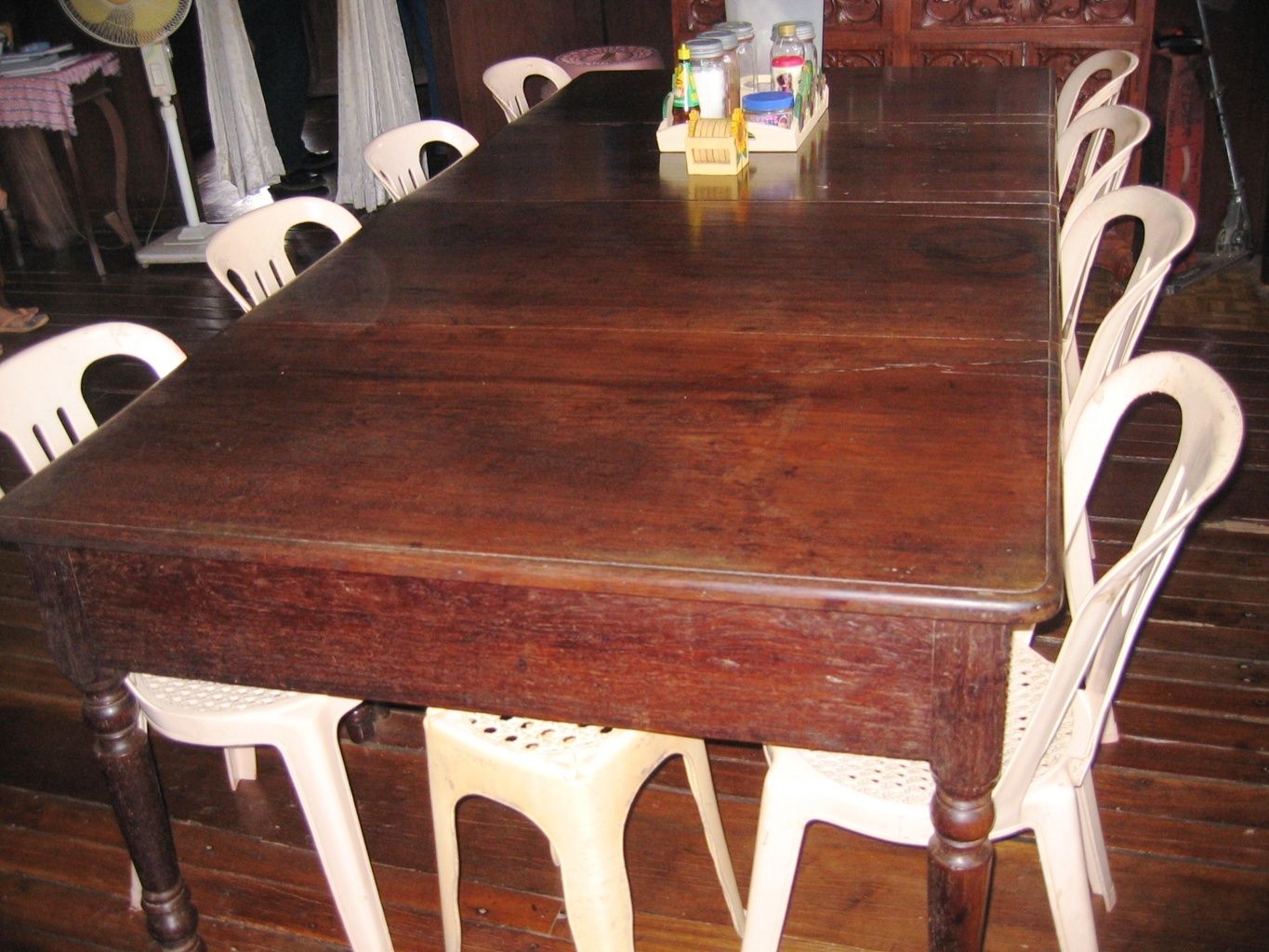

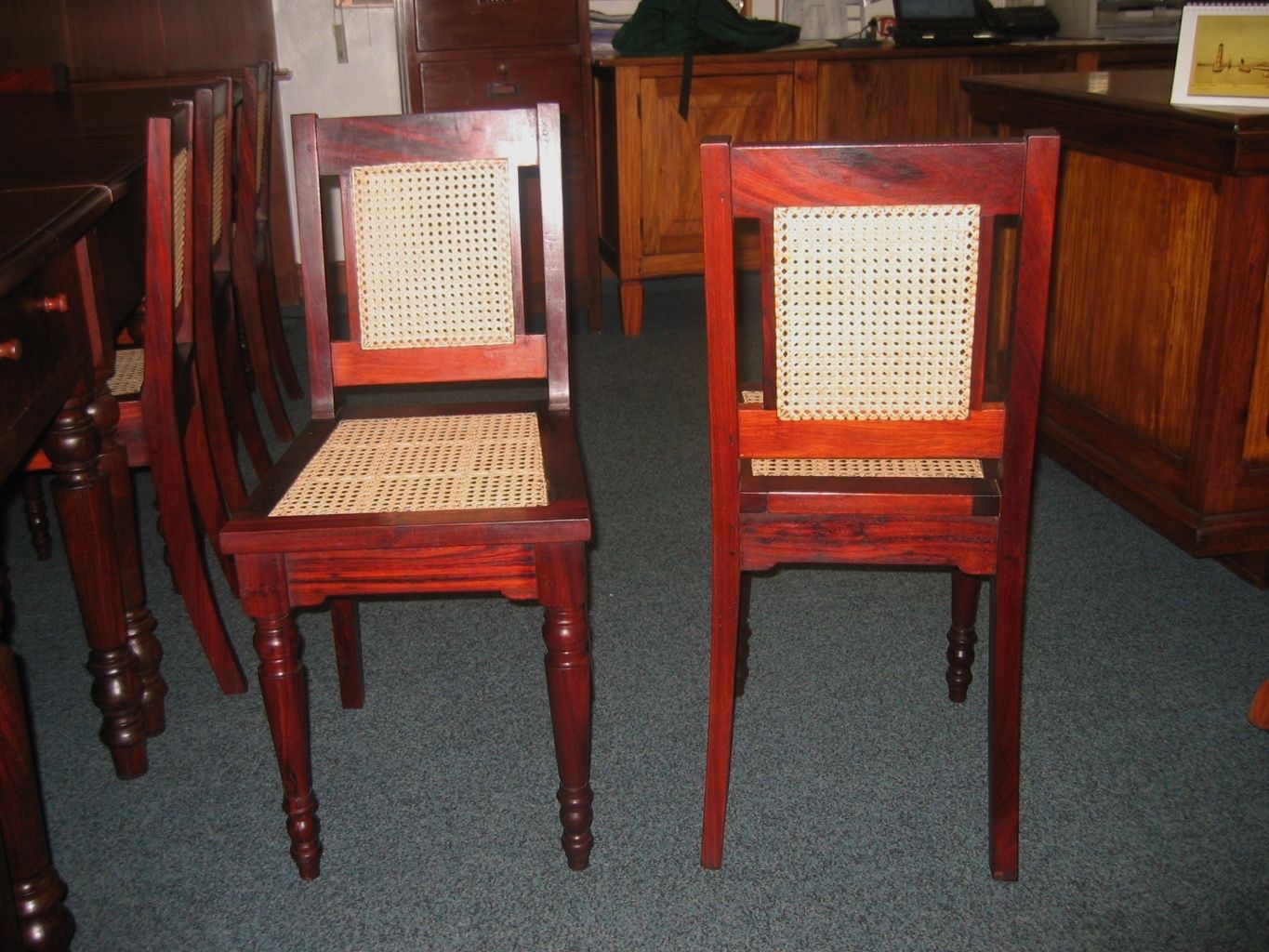
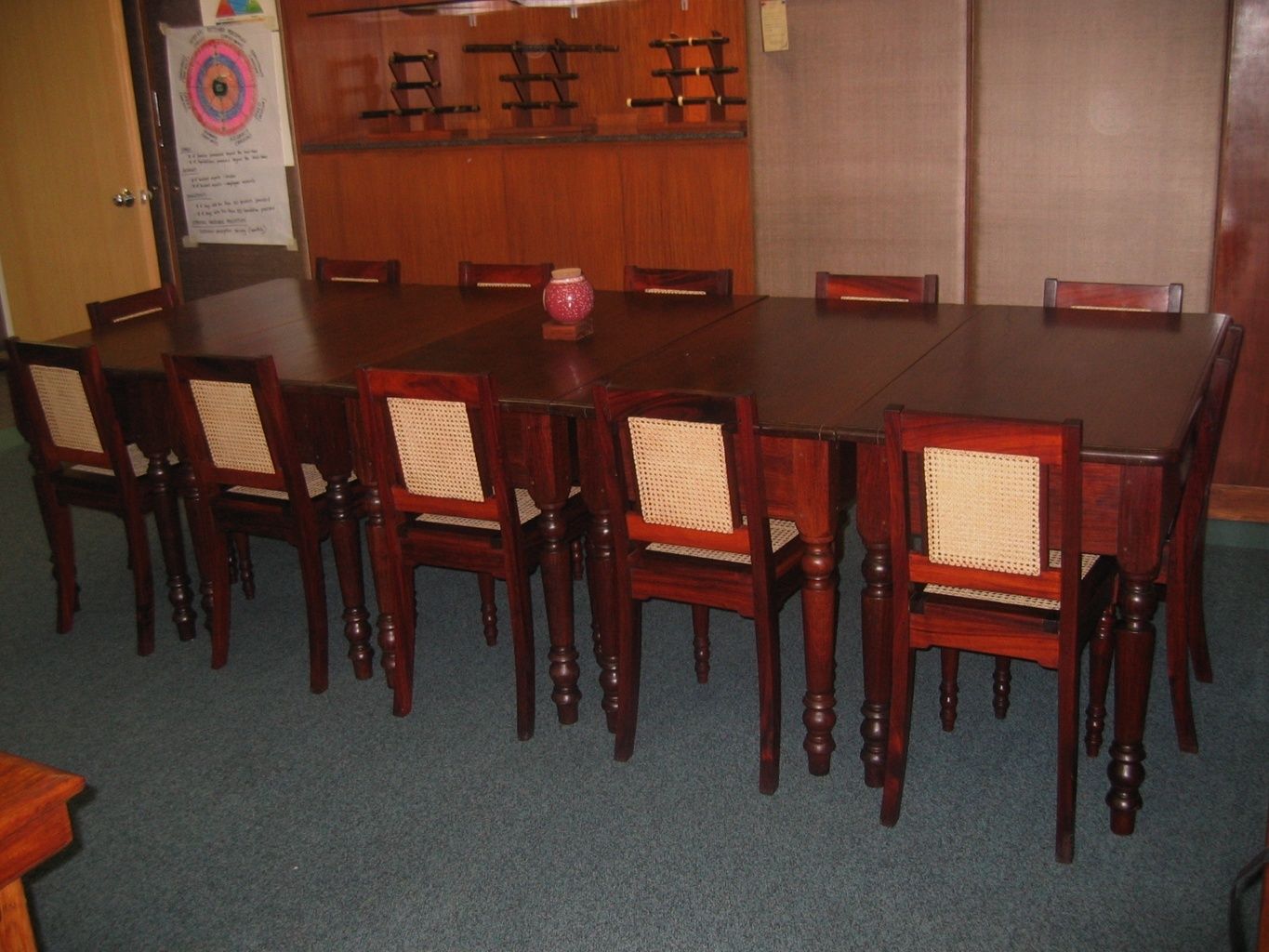

No comments:
Post a Comment